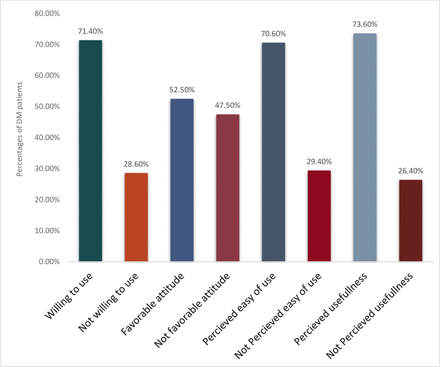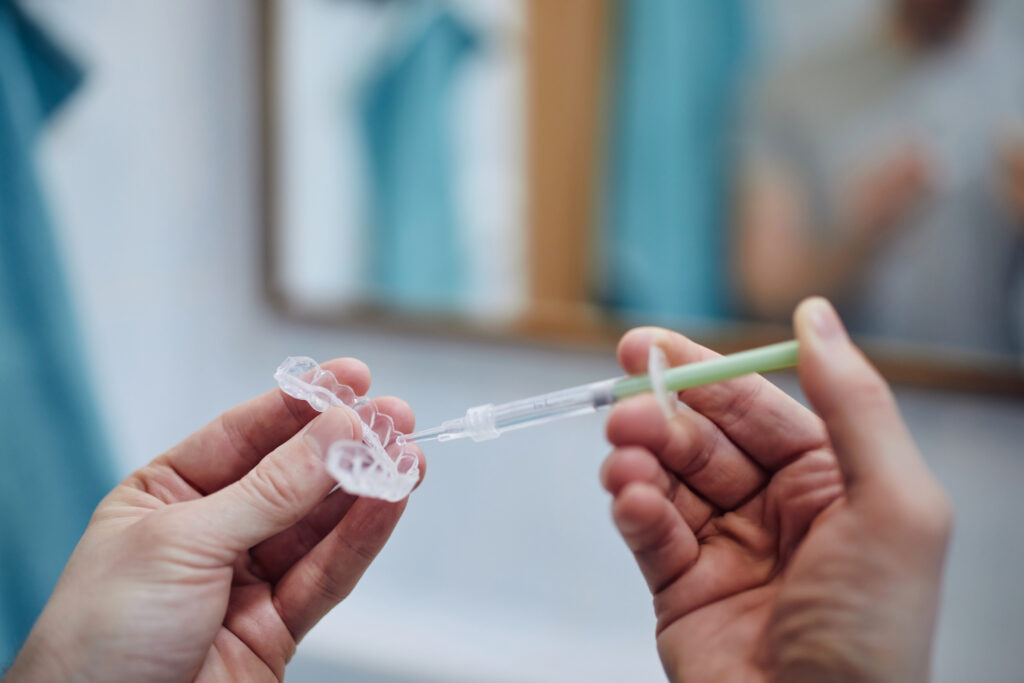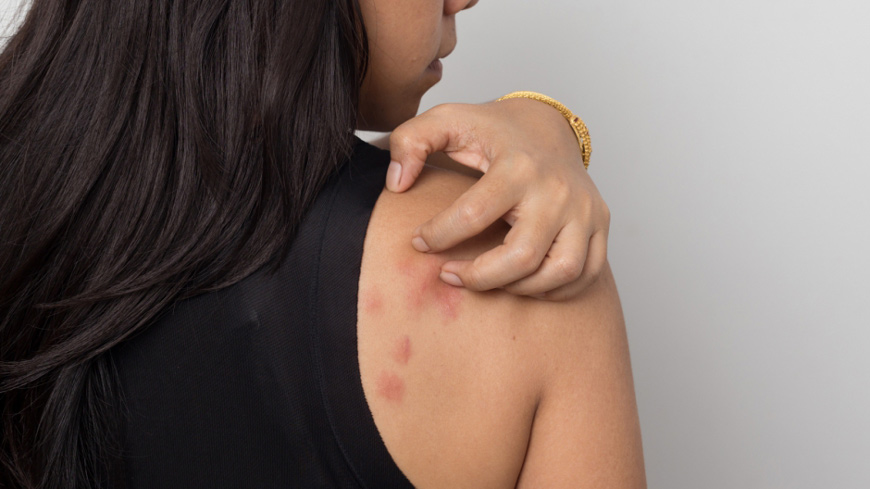Discussion
The purpose of this study was to assess willingness of patients with DM to use mobile health applications and associated factors for self-care management. The result showed that willingness to use mHealth applications among patients with DM in the Oromia region was high (71.4%, 95% CI (66.8% to 75.9%)). This result was in line with the willingness to use mHealth services in Ethiopia.1 However, This finding was higher than London (63.9%),20 USA (66.9%),21 China (66.1%).22 This difference might be due to sample size, data collection technique (the self-administered method in China), study period and sociodemographic differences between patients. It is also lower than studies about willingness or intention to use mHealth services among reproductive women done in Ethiopia (78.9%),16 China (79.5%), USA (80.6%).23 The discrepancy might be the result of the socioeconomic differences between the participants, or the differences in the ICT development and study period.
Moreover, this study identified numerous factors, including age, place of residence, intermate usage, attitude, perceived usefulness and perceived ease of use that were associated with willingness to use a mHealth app in southwest Ethiopia.
Patients with DM below 30 years of age were associated with a willingness to use mobile health applications. This finding was in line with different studies.20 22 The possible reason for this is that young person is close to new technologies and accept them easily. Furthermore, a mobile health app that would be crucial for the young age group rather than the older age. As was to be expected, there was high usage of technology and mobile devices, which confirms the potential for and necessity of creating interventions that make use of smartphones as a platform for young people’s health. Younger people can explain why they use particular apps, why they manage them, and what qualities and features health apps should have.
Patients who were urban residents were 2.12 times more likely to be willing to use mobile health applications (AOR 2.12; 95% CI 1.12 to 3.98) than those who lived in rural areas. This finding is consistent with different study settings.24 25 This finding could be explained by the fact that urban residents were more likely than rural residents to have access to mobile health devices, internet access and interactive new technology. Moreover, in rural areas, the challenges range from the high price of mobile devices, lack of knowledge about their use, a lack of infrastructure or both.
Patients who access the internet on mobile devices were 3.91 times more likely to be willing to use mobile health applications (AOR 3.91; 95% CI 1.31 to 11.5) as compared with their counterparts. This finding is consistent with different study settings.22 25 This could be due to patients’ increased use of the internet on their mobile devices, improved access to health information and increased awareness of the use of mobile health applications for self-care management. Therefore, expanding internet connectivity and infrastructure is necessary for the effective distribution of mHealth applications for diabetes patients’ self-care management.
Patients who had a favourable attitude towards mobile health applications to manage DM were 5.20 times more likely to be willing to use mobile health applications (AOR 5.20; 95% CI 2.60 to 10.40). This finding is consistent with the findings of other studies.26 27 This demonstrates how patients’ attitudes towards mobile health technologies influence their willingness to use them positively. Patients’ intentions to use mobile health applications also increase as they view these technologies as a tool to improve their health management. The probable cause of this is that patients with DM who have a settled, positive attitude towards mobile health applications will be extremely incensed by new solutions. Therefore, a strong emphasis should be placed on activities that improve attitudes, such as computer access, ongoing training and support, and knowledge sharing on mobile health technology for self-care management.
Patients who perceived mHealth applications as easy were 2.57 times more likely to be willing to use mobile health applications (AOR 2.57; 95% CI 1.34 to 4.85), as compared with patients who did not perceive ease of use.16 28 29 Users tend to focus more on a system’s usability when they have no or little prior experience with it. This suggests that if a new mHealth service is perceived as being difficult to use, users will not use it, regardless of how valuable the system may be. Users will stop using mHealth solutions that are not user-friendly, according to research. If a person believes that a new system will benefit them, any difficulty with using it may be resolved. Deploying mHealth applications may, therefore, need further education on how to use and manage the new system for better adoption.16
Patients who perceived mHealth applications as useful were 4.67 times more likely to be willing to use mobile health applications (AOR 4.67; 95% CI 1.95 to 5.77) as compared with patients who did not perceive the usefulness of the mHealth applications.28 29 This showed that no matter how simple or complex the mobile health application is to use, patients will not use it if they do not believe it will be valuable to them. As a result, it is important to make sure that the system will enhance the desired health results when developing it.
Limitations of the study and future research
The study has some limitations, the study was interviewer based, so the responses might have been affected by bias introduced by the interviewers, the study did not include private hospitals; and the study used quantitative approaches, which may affect the generalisability of the findings. Hence, future research studies could include patients with diabetes from private hospitals, support the finding with a qualitative study and use a health information technology acceptance model, so that the results could be generalisable.





